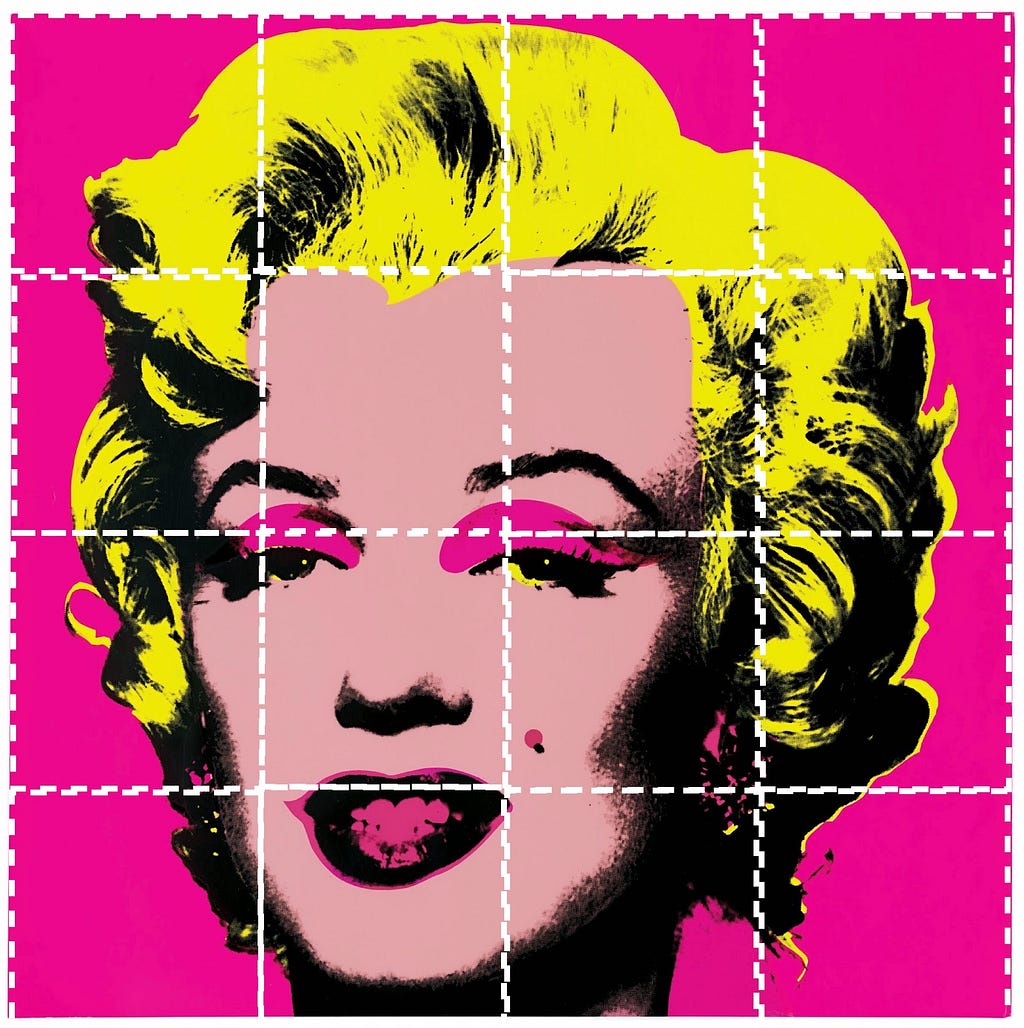Latest news about Bitcoin and all cryptocurrencies. Your daily crypto news habit.
What is a “security token”?
A security token represents an electronically wrapped stake or share in a private interest like a fund or company. That could extend to various assets — real estate, trusts, any LLC, art, precious metals, carbon credits, IP — the list goes on. These tokens are subject to federal security regulations and will be legally enforced as securities, with rules around recovery and re-issuance that other crypto assets lack.
A few examples of security tokens already exist in the wild (CityBlock Capital’s NYCQ $20mm tokenized investment fund, Blockchain Capital’s BCAP raise for it’s third fund, Pangea’s tokenized Brooklyn building). But the majority of assets are still far from tokenization, and asset holders are likely not interested in building infrastructure — exchange support, additional distribution, whitelisted users, audits — from the ground up.
Thus, security token platforms have sprung up to effectively offer tokenized assets compliance-as-a-service. These platforms force users to register and allow assets to determine localized requirements at issuance. Then, they regulate the secondary market —either directly or via a network of providers.
Leaders in the space include:
For a deeper dive into the economics and tech of each, read on here.
Why do we need another token?
The market opportunity for these tokens is massive. Global real estate value was recently estimated at $217 trillion. Global equities and debt were estimated at $67 trillion and $99 trillion respectively in 2016. For these assets and others, issuance fees can range from 5% to 10% of the amount raised.
This method is faster and cheaper than the current ownership accounting model, removing the middleman’s fees and latency. With tokenized ownership, parties can trade and settle within minutes rather than days for equities and up to months for trusts, at a fraction of the cost. That opens up new opportunities — like fractional ownership and a broader investor base. That is partially because improved speed and cost leads to higher liquidity, potentially closing a 20–30% “illiquidity discount” and curtailing resell risk.
Fractional ownership changes the economics of owning pricy assets and decouples use from price exposure — suddenly developers can slice up a building in a specific neighborhood and give everyday investors access to that appreciation. A liquid market around fractional units would mean homeowners could diversify their existing exposure, selling ownership in their property and buying stakes in an emerging area a few miles away. Since homes are often people’s largest purchase, that type of diversification can provide meaningful downside protection.
Similarly, those investors could own a percentage of their favorite artist or musician’s rights. Extrapolating, that means consumer activism could move beyond consumption and social media into the investment world — people could go long or short brands based on their views. And asset-originators / holders can bear less risk — museums could continue to display their art while others own the rights to the asset’s appreciation.
“You can go long French impressionists and short modern art. You can do the same with real estate — I tear off a 10% strip of all my Class A in Midtown and create a Midtown fund. Class A in Upper East Side, Downtown, Brooklyn, Jersey. I can go long Manhattan, I can go short Brooklyn.” — Josh Stein, CEO of Harbor
Also, assets become global. An interested US investor could buy into a neighborhood of Bangkok while an aspiring Nigerian investor tries his hands at small cap US equities. That opens up financial access to capital appreciation greatly, a primary means of wealth accumulation. It also means new entrepreneurial asset advisors will arise, separate from large advisory firms.
Who’s going to want this?
Which assets will choose to tokenize first? Most hard assets would strictly benefit from increased liquidity — art, real estate, diamonds. Assets that revolve around licensing rights like music and IP may also benefit from that initial liquidity with little downside from mark-to-market swings.
However, private companies and investment funds might prefer to have illiquid capital for a period of time, to access patient capital and advisers instead of the “short-termism” public companies face. As we’ve seen, many startups have already realized that conundrum, resisting the pressure of going public at all costs.
For more on how leaders in the space like Harbor, Polymath and TrustToken work and a dive into the implications of their varied business models, read on here.
E-ownership: The Next Wave of Securitization was originally published in Hacker Noon on Medium, where people are continuing the conversation by highlighting and responding to this story.
Disclaimer
The views and opinions expressed in this article are solely those of the authors and do not reflect the views of Bitcoin Insider. Every investment and trading move involves risk - this is especially true for cryptocurrencies given their volatility. We strongly advise our readers to conduct their own research when making a decision.

